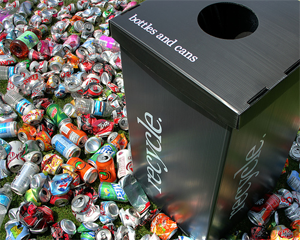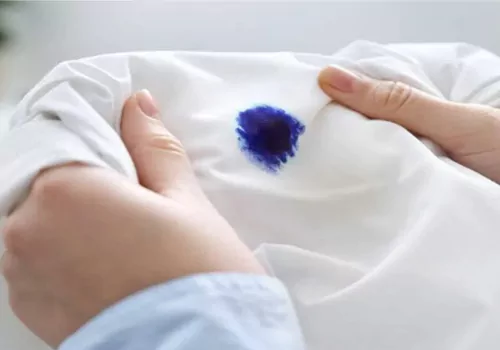ECO-ALTERNATIVES

Every product we use has a lifecycle, and a life span. Not most companies are offering to recycle their products once used. Smart, sustainable design in product manufacturing is not a norm yet, so We have to monitor our own consumption and waste habits to try limiting our support of polluting industries and contribution to ever-growing landfills.

The Green Design Institute at Carnegie Mellon University has created a chart, with comparisons between most commonly used products, their recycling rates and suggested alternative options.
| MATERIAL | TIME TO DEGRADE/ SIDE EFFECTS | ALTERNATIVES |
| Paper | 2-4 weeks | Use recycled paper and scrap paper and limit printing |
| Glass Containers | 1 million years | Recycle or reuse glass bottles and jars |
| Plastic Bottles | 450 years | Save money by choosing refillable versions than use and throw ones |
| Plastic bags and film | upto 1000 years and more | Use washable cloth shopping bags |
| Carpets and rugs | upto 20,000 years | Use carpets carefully, or use individual carpet tiles with recovery effort (CARE) standards |
| Soaps and cleaners | Toxins from cleaners contaminate water supply | Recycle plastic cleaner bottles and use biodegradable cleaners |
| Light Bulbs and parts | upto 1000 years and more | Use CFL/LED for interiors and Solar exterior bulbs |
| Mattresses | upto 1000 years and more | Buy organic mattresses or recycle old ones |
| Computers | upto 1000 years and more | Look for recycled content in new electronics and recycle old equipment |
| Cell Phones | upto 1000 years and more | Only upgrade when needed, trade old phones, give to recycle, or donate to charity |
Prathyusha Talluri
More articles from this author.....


.webp)

